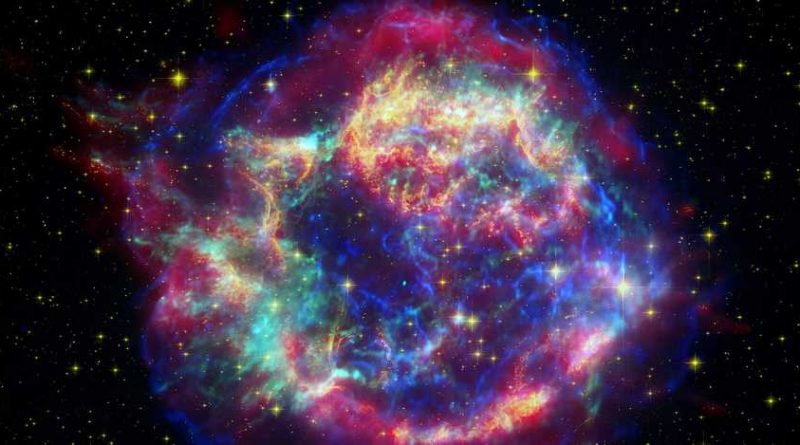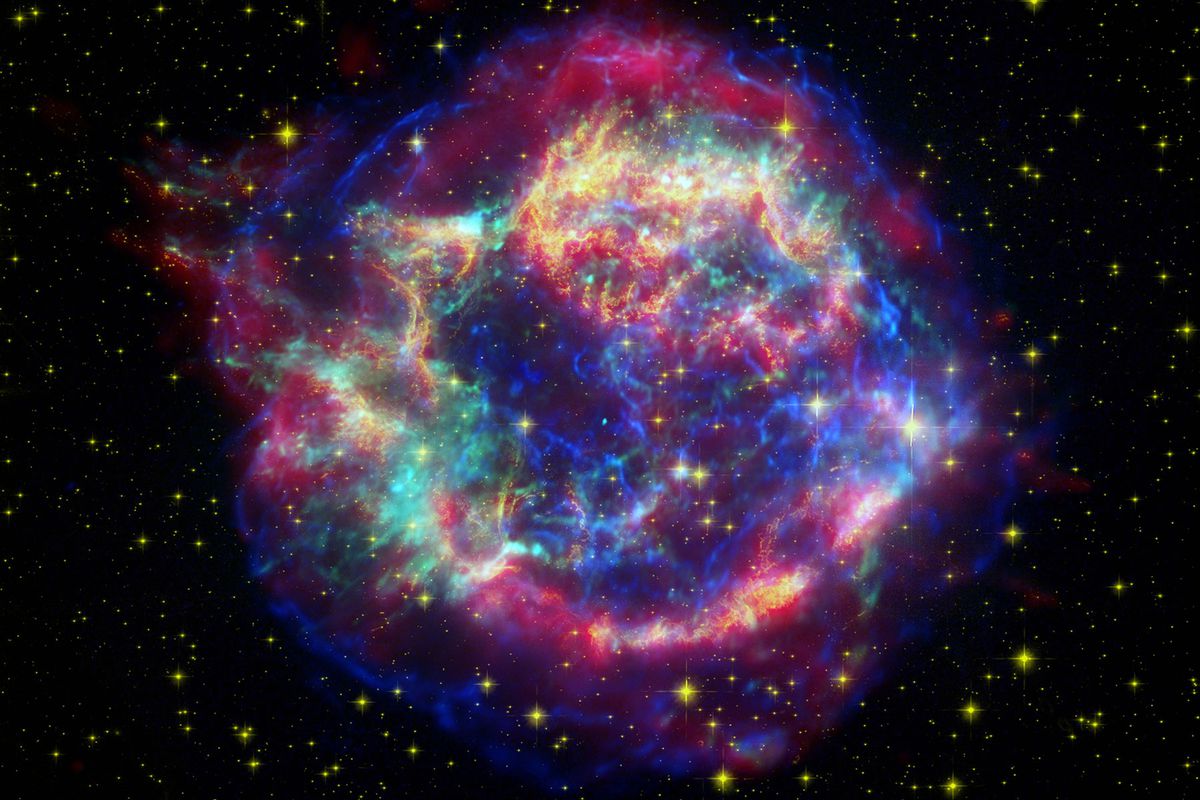Hear What Parts of Space Actually Sound Like, According to NASA
Not quite ready to re-enter the real world after such a nice holiday break? Then don't. Just sit here and listen to the sounds of space instead.
In late 2020, NASA released the sounds of different space objects thanks to its new "data sonification" program. According to the space agency, data sonification "translates information collected by various NASA missions — such as the Chandra X-ray Observatory, Hubble Space Telescope, and Spitzer Space Telescope — into sounds."
It added a more detailed description of the science behind turning deep space into sound by explaining, in converting the objects into sound, it pans the data collected by the missions from left to right, and "each layer of data was limited to a specific frequency range." This means data showing dark matter are represented by the lowest frequencies, and X-rays are assigned to the highest frequencies.
As part of the project, researchers took three images from the archives to translate to sound, including the Bullet Cluster, the Crab Nebula, and the Large Magellanic Cloud. Though each one sounds unique, they are all surprisingly beautiful, haunting melodies that really do sound like they could come from an alien planet.
"The Crab Nebula has been studied by people since it first appeared in Earth's sky in 1054 A.D. Modern telescopes have captured its enduring engine powered by a quickly spinning neutron star that formed when a massive star collapsed," NASA explained. It added, the combination of "rapid rotation and a strong magnetic field generates jets of matter and anti-matter flowing away from its poles, and winds outward from its equator."
To translate this into sound, the team gave high-frequency X-rays brass sounds, while optical light data got the strings, and infrared data was assigned woodwind instruments. This all comes together in a short 30-second symphony that will most certainly inspire your imagination.
Check out all three of the data sonification videos here.
Stacey Leasca is a journalist, photographer, and media professor. Send tips and follow her on Instagram now.
Source: Read Full Article




